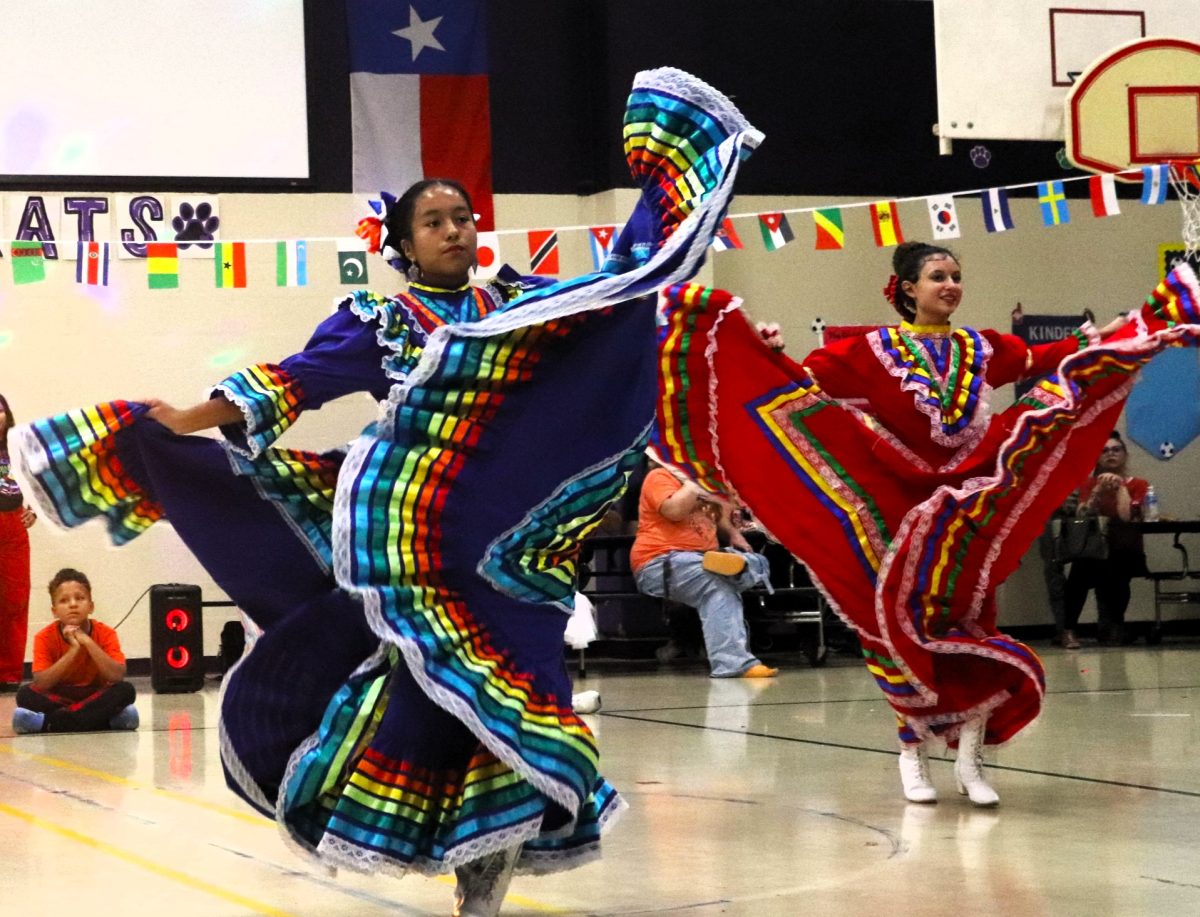Between 1933 and 1945, a genocide committed by Nazi Germany resulted in the loss of one-third of the Jewish people, along with countless other minorities. Every year, Holocaust Remembrance Day is observed on Jan. 27 since its creation in 2005 by the UN General Assembly. The importance of this date is so a genocide similar to the Holocaust won’t happen again.
Students enrolled in German visited the museum last week thanks to a grant from the Educational Foundation.
“I decided back in September that I wanted to get the Holocaust history to my German Students as more than just a mention,” German teacher Lisa Parrott said. “The Education Foundation came by my room in December with the drum line and cheerleaders and surprised me with the funding I had applied for two months previous. They were very generous and paid for two buses and drivers who did a phenomenal job getting us all safely to the museum and back again.”
The museum had many exhibits that left a lasting impact on the German students.
“A detail from the museum that stayed with me was about the cattle cars,” sophomore Hunter Fisher said. “The Jewish people that were put in there were crammed with about 180 people from children to the elderly in a small cattle car with no bathroom, so they would have to do their business either on the floor or, if they were lucky, in a bucket.”
Holocaust museums are widely accessible, especially if someone lives near a popular city.
“I think going to the Holocaust museum should be something everyone does at least once in their lives,” sophomore Avalon Baretto said. “There’s more than likely one in your town, no matter where you live. It puts into perspective exactly what the victims went through. I have more empathy for Holocaust victims than ever now that I have gone.”

Even though reliving these experiences can be emotionally difficult, it is needed so society doesn’t repeat its mistakes.
“I learned that humans have a great capacity for evil,” sophomore Riley Jones said. “There are little boxes with videos of all the piles of bodies in them. Seeing something like this can help kids realize that the Holocaust isn’t a joke.”
Learning about the victims rather than the statistics helps students make a connection with history.
“Simply learning about the Holocaust from a textbook or online articles just gives you the surface level of what happened,” Baretto said. ¨Hearing personal accounts and stories from survivors who saw these things with their own eyes opens up a whole new level of understanding. You can’t even begin to compare the difference between textbook and personal stories.”
Students need to learn empathy to become better people and visiting a Holocaust museum helps society have a better and deeper understanding of history.
“I highly recommend to all reading this to go to the Holocaust Museum and experience it all personally, Parrott said. “The staff is amazing. The images and stories are real and invoke feelings of disgust and empathy. The main goal of the whole unit was to invoke feelings of empathy toward other people who are being persecuted by others, whether personally or by governments. Empathy empowers us to step up and help.”













